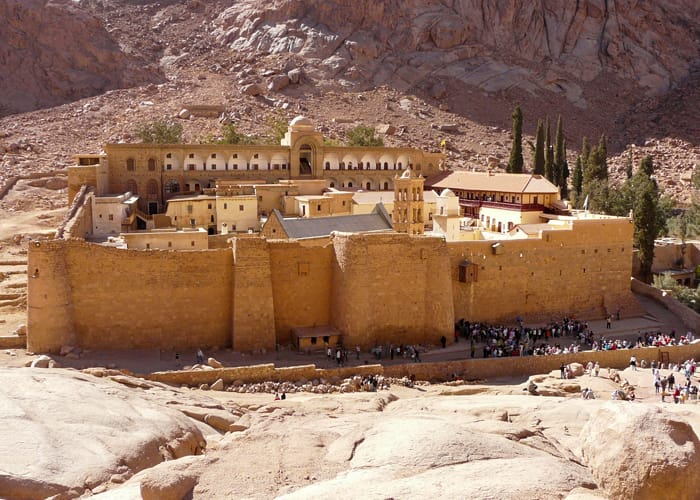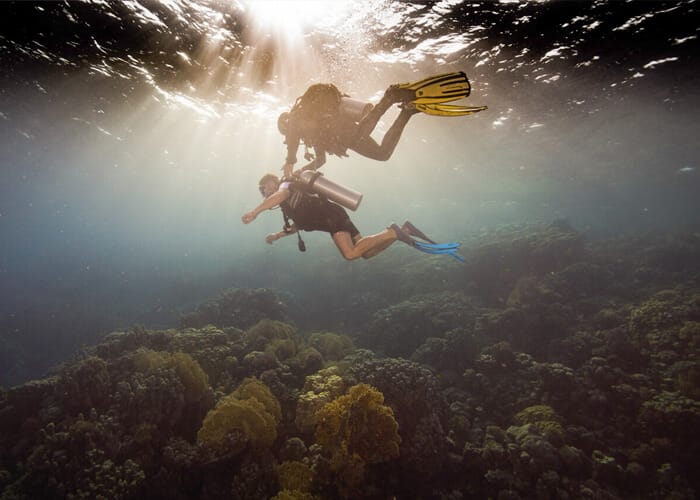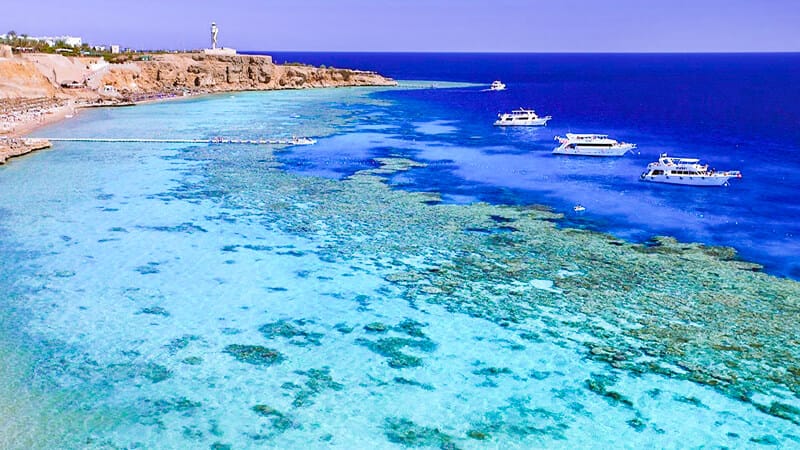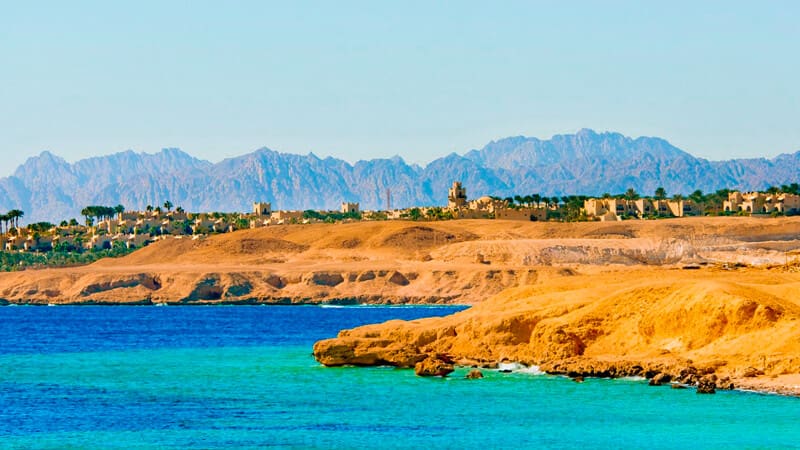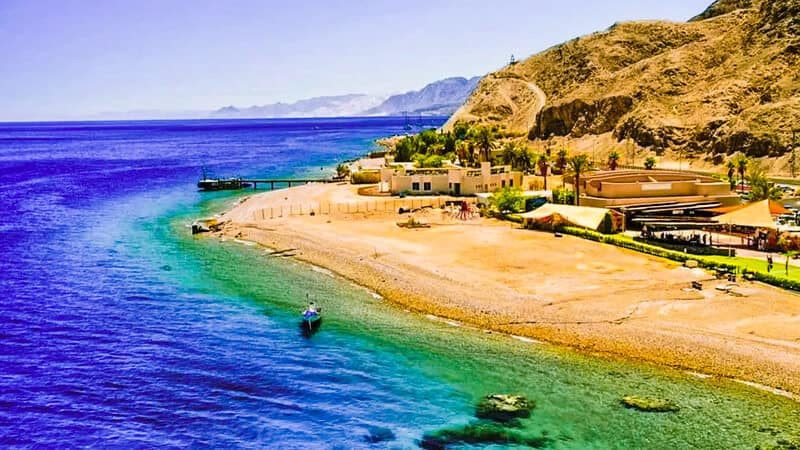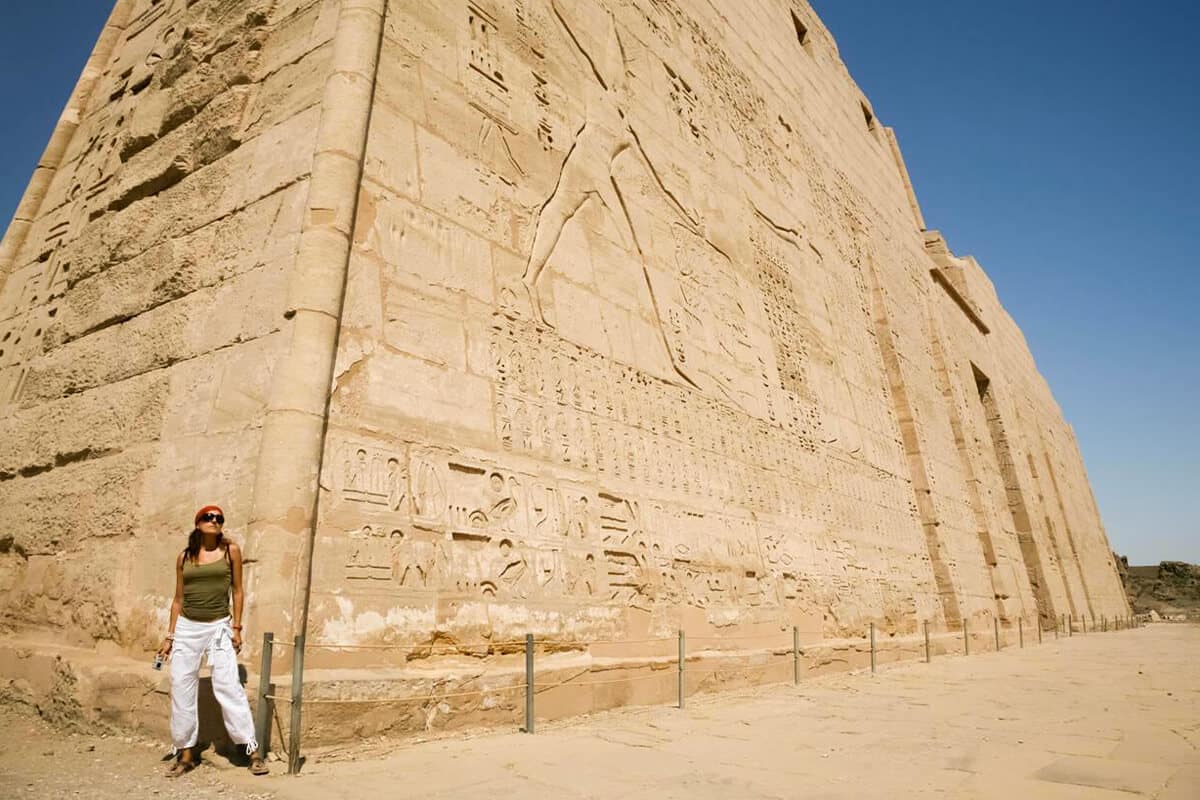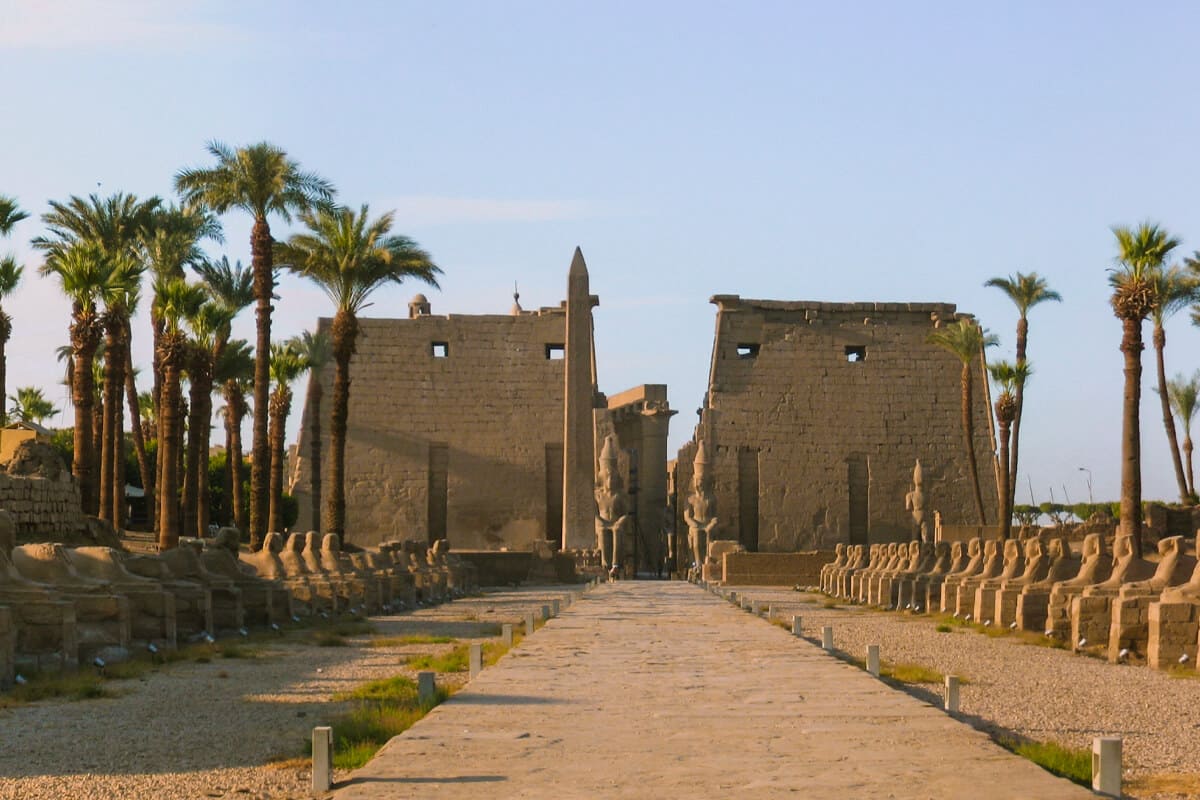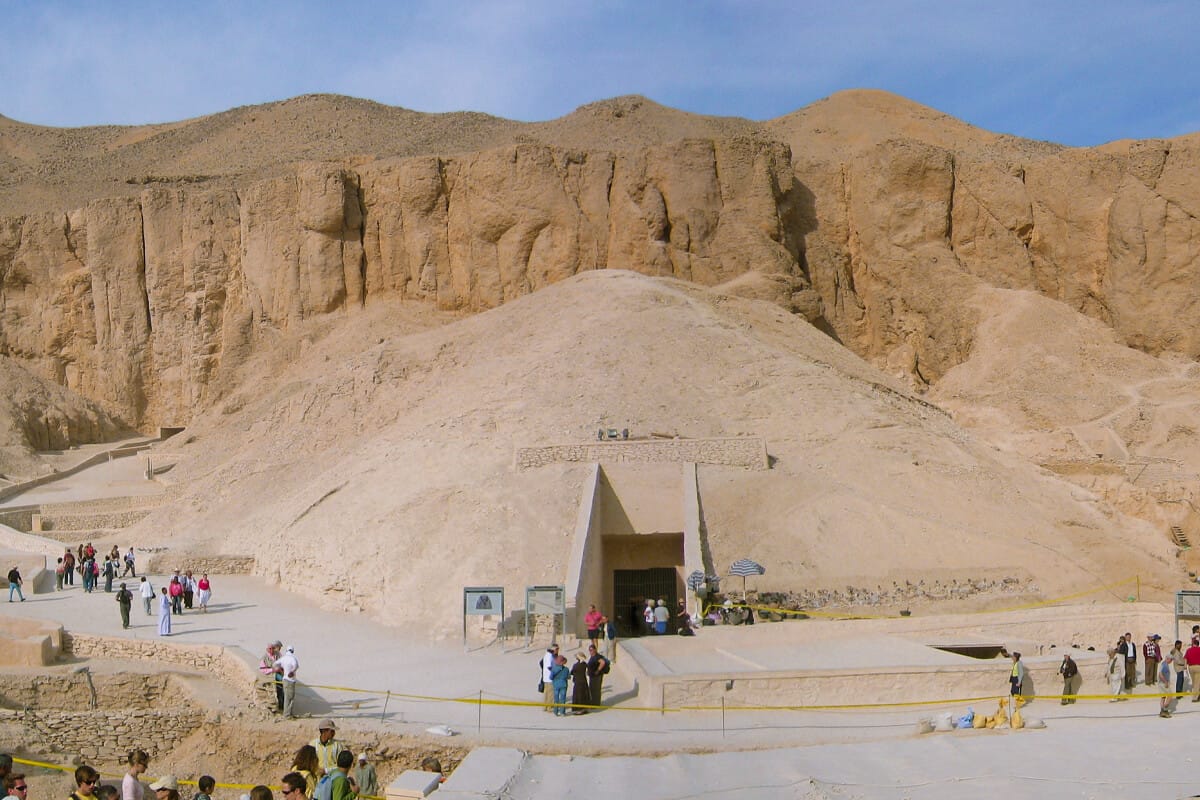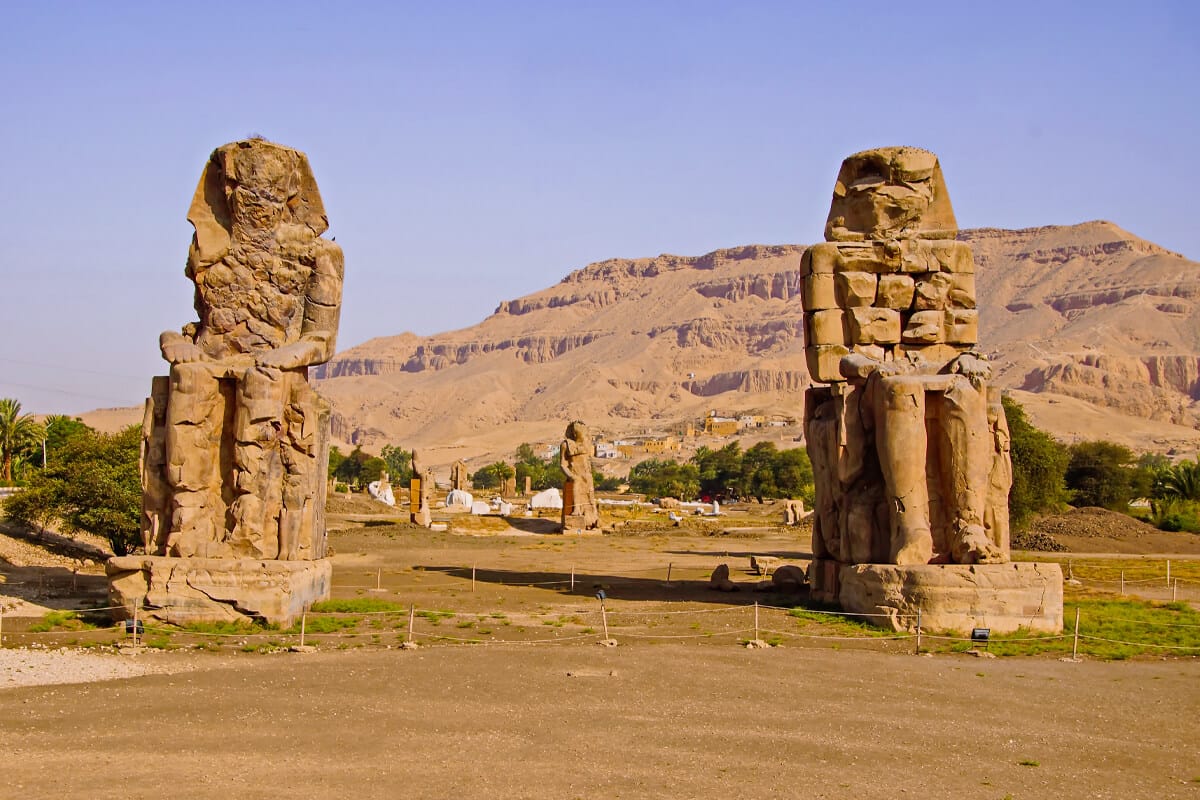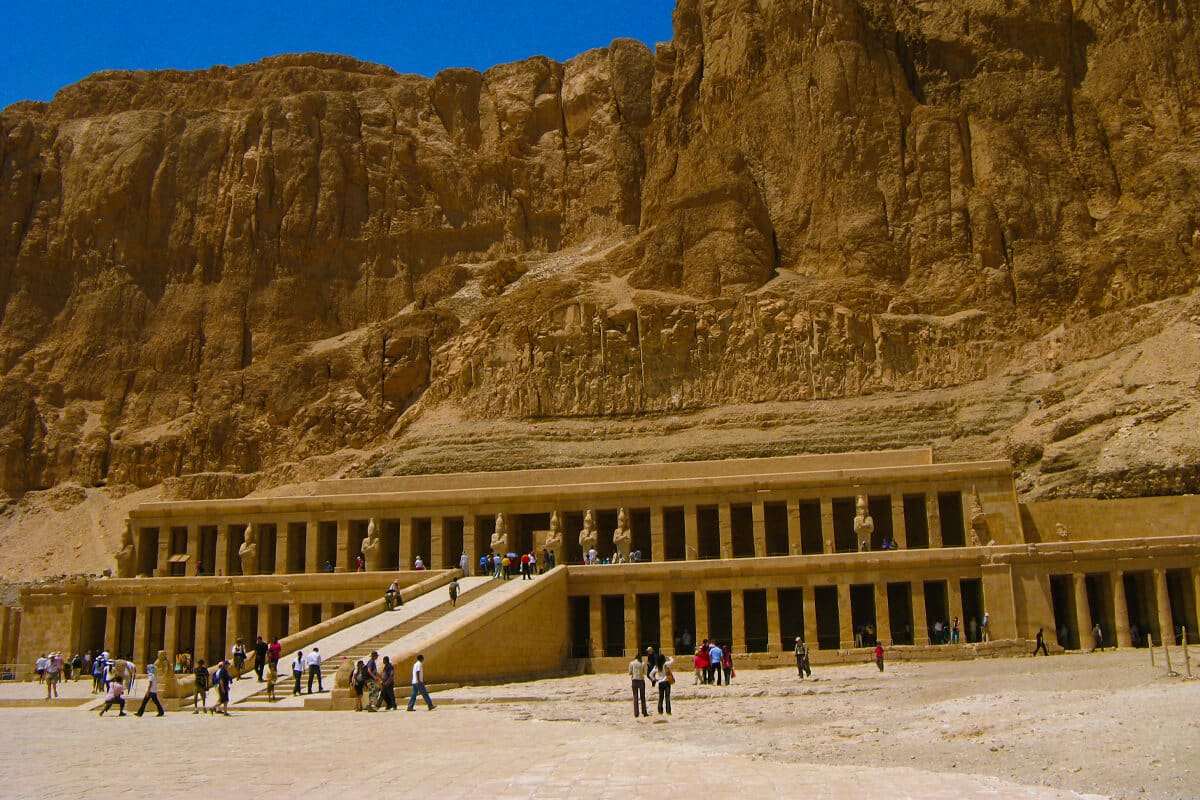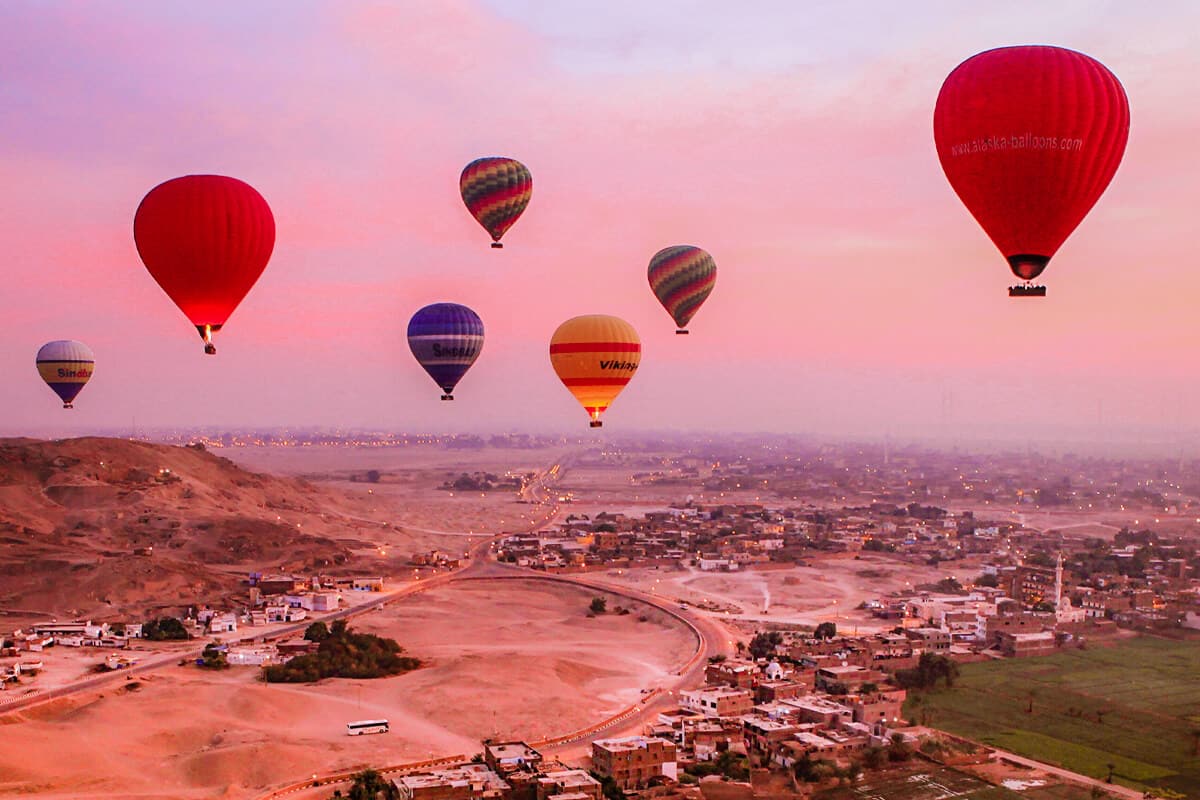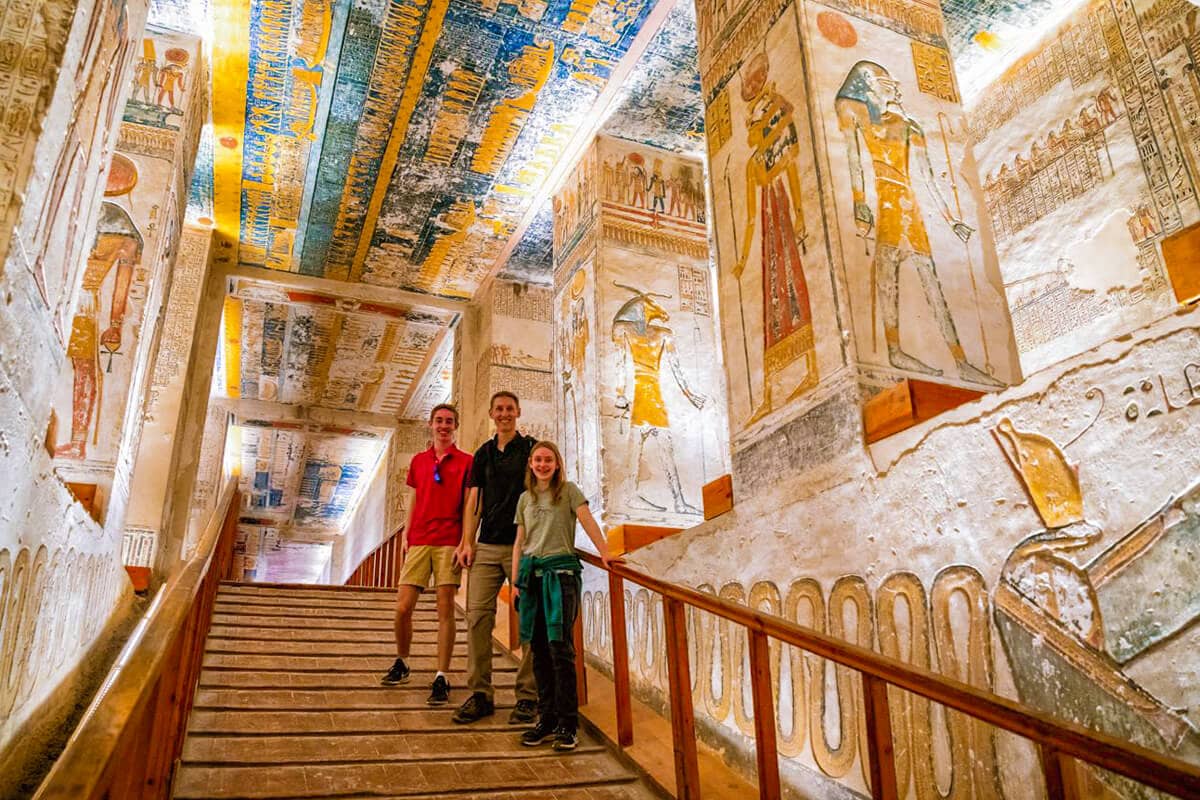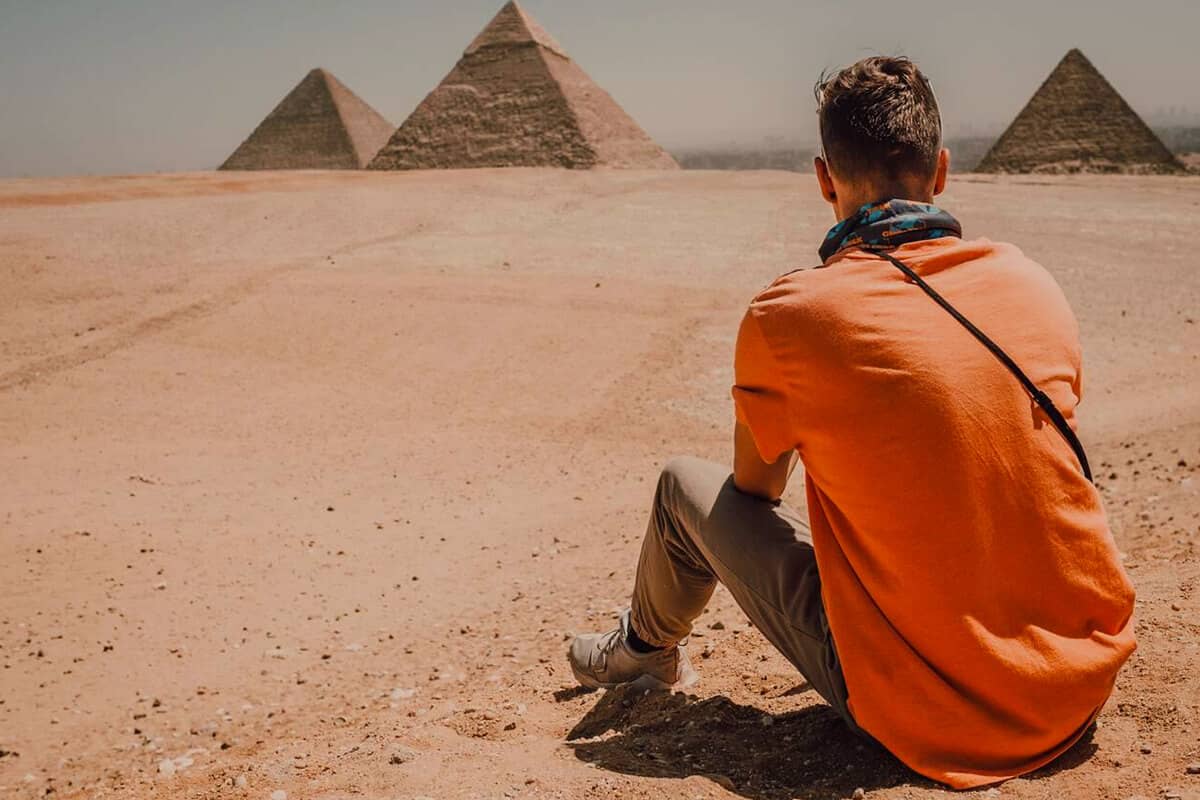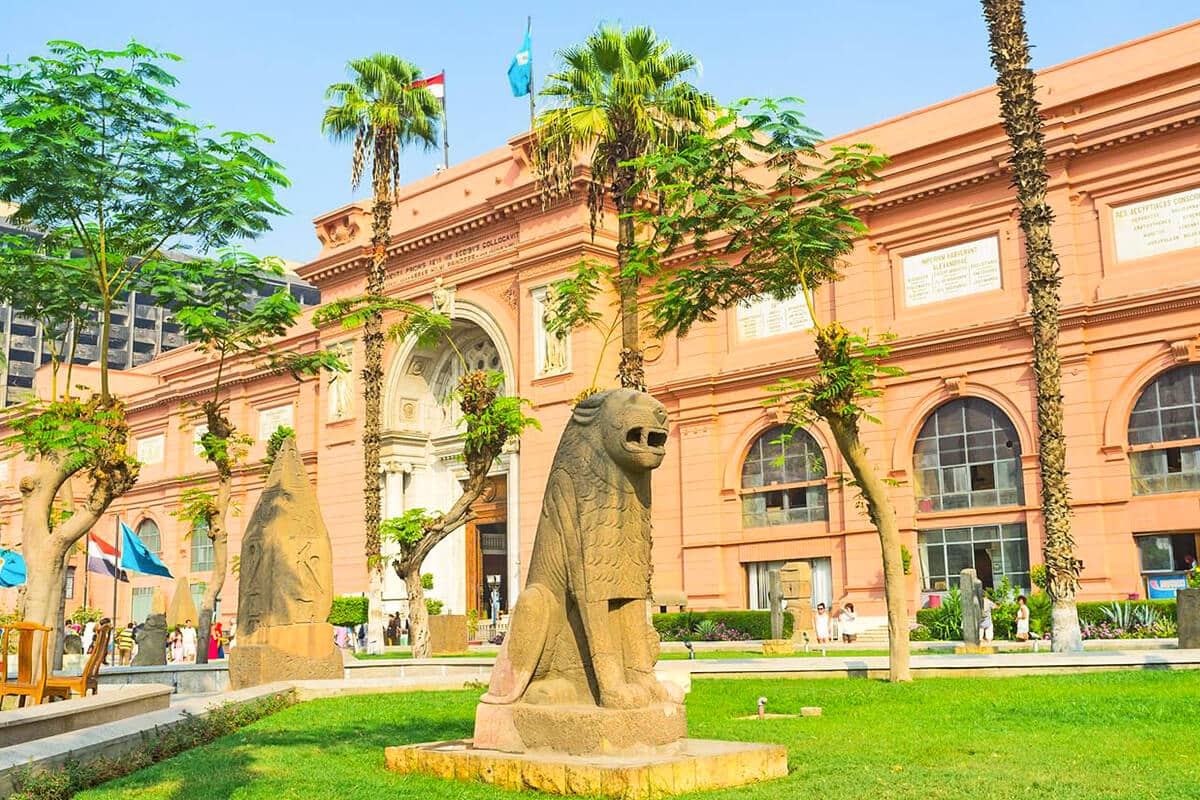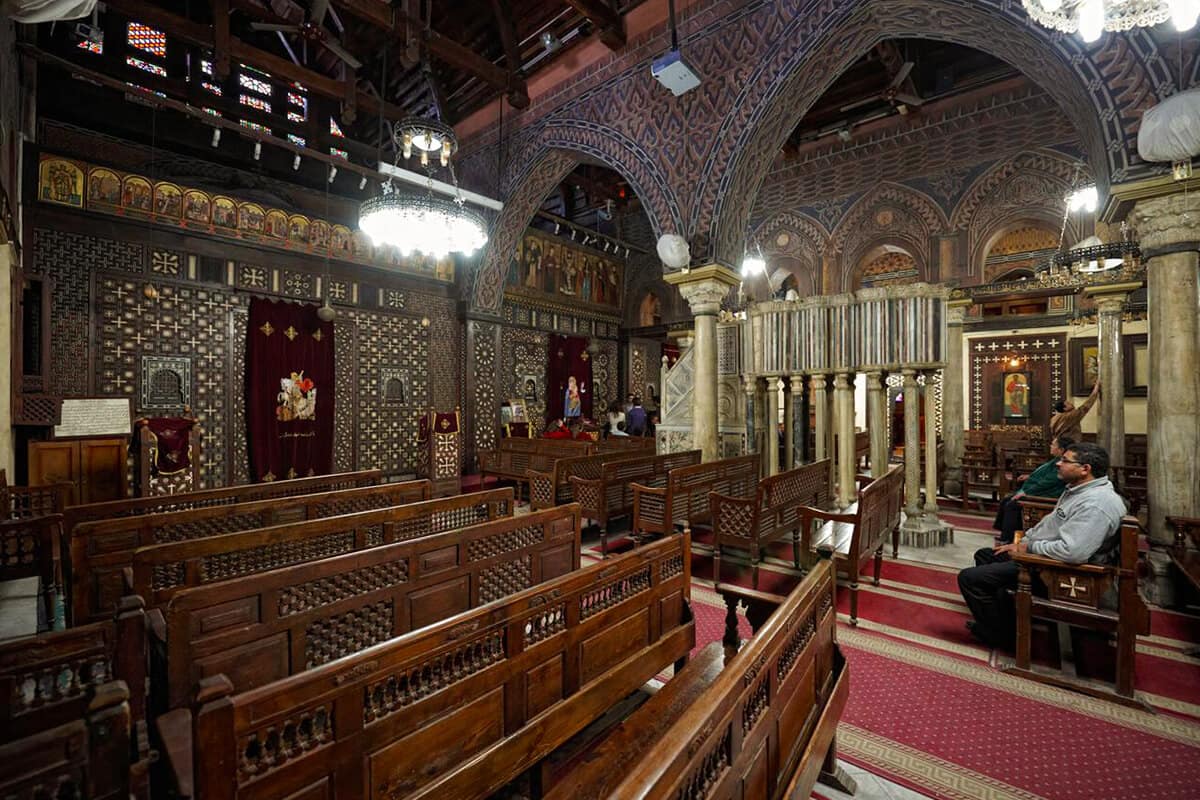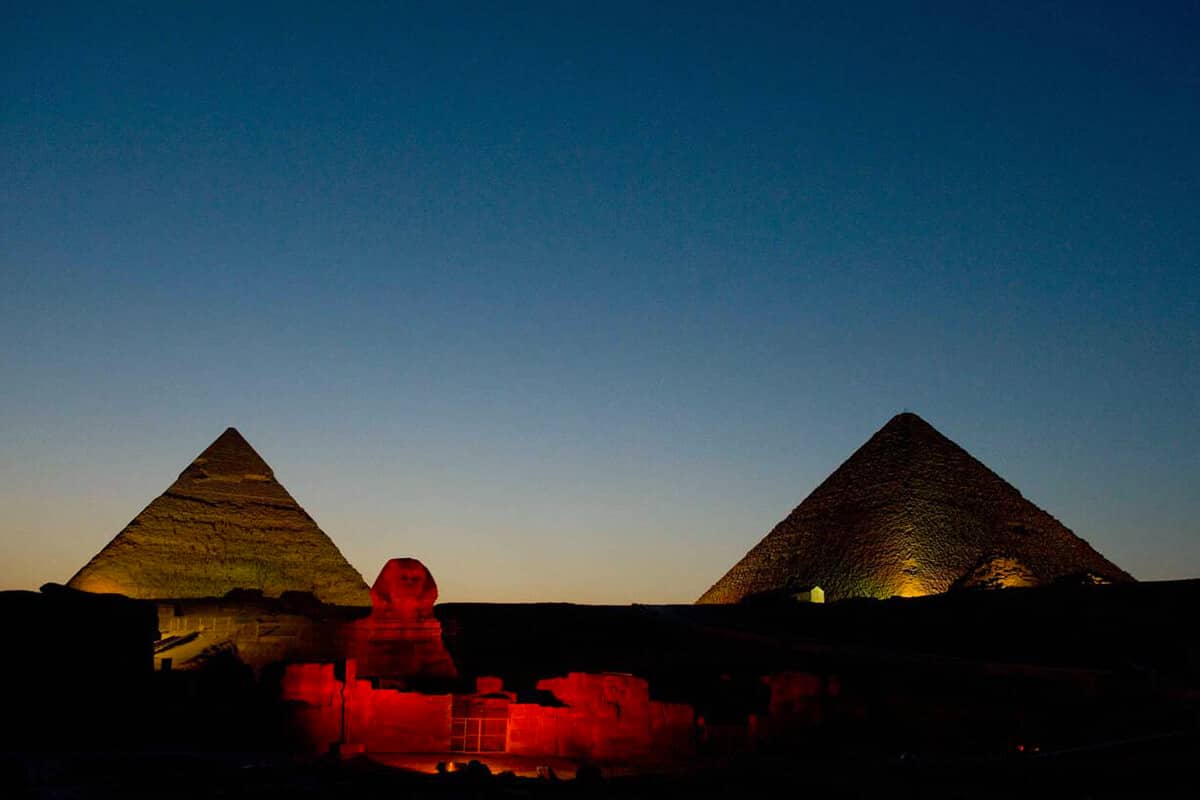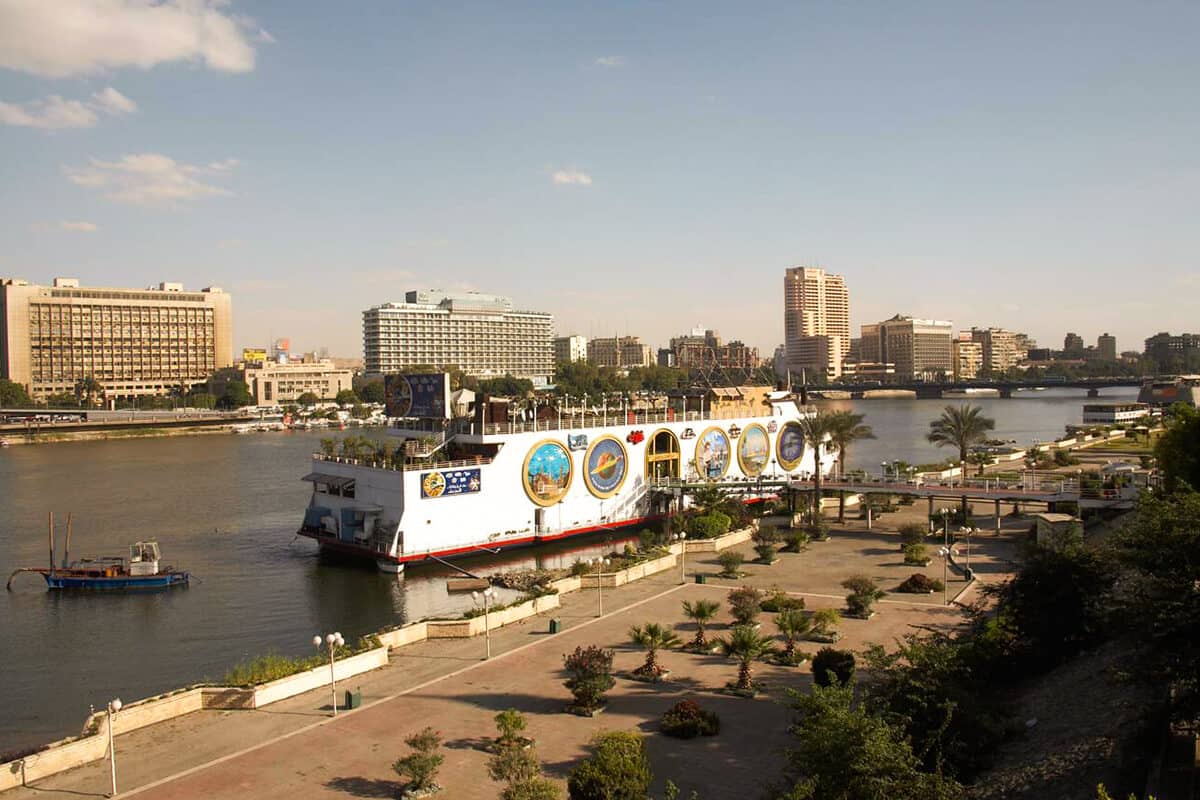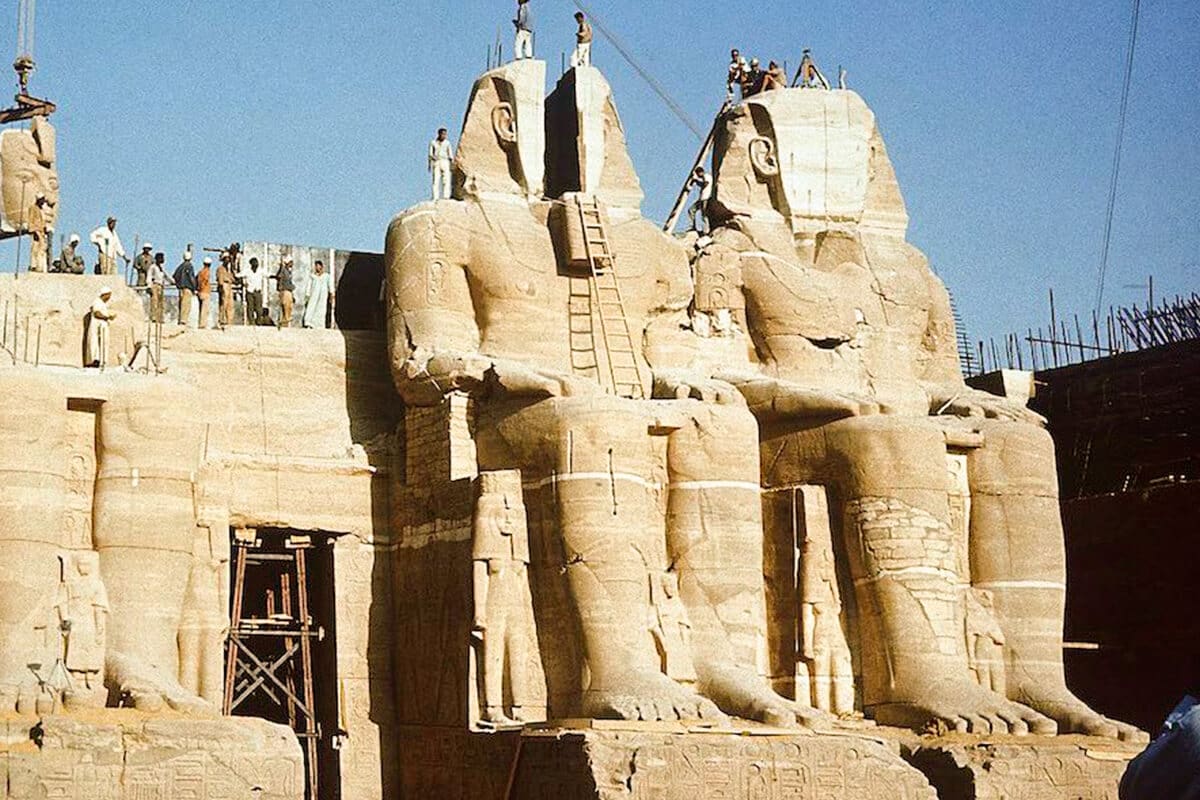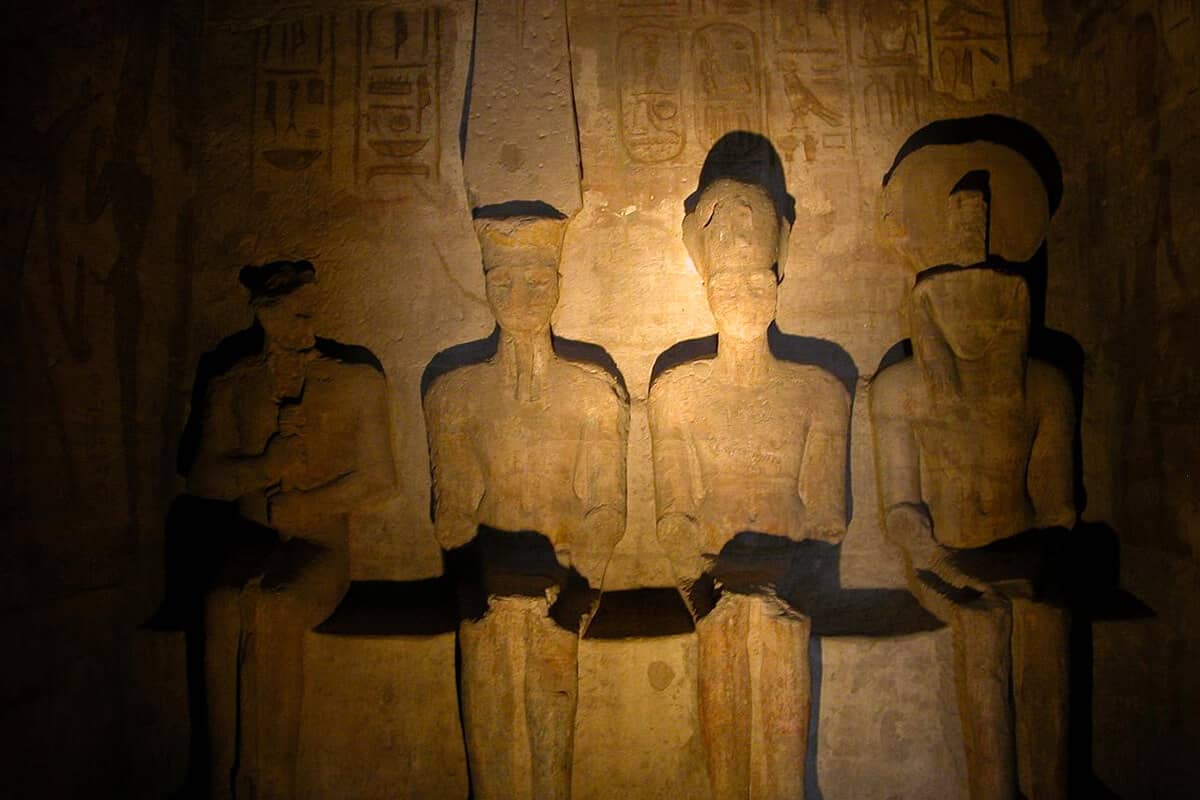Mount Sinai stands tall as an iconic landmark with historical and religious significance. In this blog post, we invite you to embark on a journey to discover the captivating allure of Mount Sinai, offering practical information, tips, and insights for Egypt travelers.
The Historical and Religious Significance of Mount Sinai
Mount Sinai, also known as Jebel Musa, holds a profound place in history and religion. According to biblical accounts, it was on this sacred mountain that Moses received the Ten Commandments from God. Beyond its association with Christianity, Mount Sinai is also revered in Islam and Judaism, symbolizing spiritual connections for believers worldwide.
Pilgrimage traditions and rituals surrounding Mount Sinai are deeply ingrained in the religious fabric. Many travelers visit this holy site to seek spiritual experiences and personal growth. The ascent to the summit is a transformative journey where individuals reflect upon their beliefs and find solace in the serene ambiance that permeates the mountain’s atmosphere.
The surrounding natural beauty enhances the mystical aura of Mount Sinai. Towering peaks, deep valleys, and awe-inspiring rock formations create a picturesque backdrop for spiritual contemplation. Furthermore, the mountain is steeped in legends and stories passed down through generations, adding to its mythical allure.
Exploring Mount Sinai: Practical Information for Egypt Travelers
To embark on a journey to Mount Sinai, it is essential to understand the practical aspects of visiting this extraordinary destination.
1. Geographical Location
Mount Sinai is located in the southern part of the Sinai Peninsula, near St. Catherine and Dahab. Nestled amidst the rugged desert landscape, it contrasts the nearby Red Sea coast.
2. Best Time to Visit
When planning your visit to Mount Sinai, consider the climate and seasons. The summer months can be scorching, while winters can be chilly. Spring (March to May) and autumn (September to November) are generally considered the best times to visit, as the temperatures are moderate and the weather is pleasant.
3. Transportation
Reaching Mount Sinai is convenient, thanks to various transportation options. If arriving by air, the nearest airports are Sharm El Sheikh International Airport and Taba International Airport. You can hire a taxi or arrange private transfers to Mount Sinai. Alternatively, buses from major cities such as Cairo and Hurghada offer affordable transportation options.
4. Accommodation Options
Several accommodation options are available for a comfortable stay near Mount Sinai. St. Catherine’s town, situated at the foot of the mountain, offers hotels, guesthouses, and campsites to cater to various budgets and preferences. These accommodations provide easy access to the hiking trails, allowing you to make the most of your visit.
5. Hiking and Trekking Routes
Ascending Mount Sinai is a rewarding experience for adventure enthusiasts. The most popular route is the “Path of Moses” or “Siket Sayidna Musa,” which starts from St. Catherine’s Monastery. This trail is well-marked and offers breathtaking views along the way. Another option is the less-crowded “Camel Path,” where you can hire a camel for the desired journey. Assessing your physical fitness and choosing a route that suits your capabilities is essential.
6. Safety Precautions
While hiking Mount Sinai, it’s crucial to prioritize safety. Ensure you are adequately prepared with proper hiking equipment, including sturdy footwear and a backpack with essentials such as water, snacks, and sunscreen. Dress in layers to accommodate changing temperatures throughout the ascent. Stay hydrated by carrying an ample water supply and taking regular breaks to rest and rehydrate. It’s also advisable to consult with a healthcare professional if you have any pre-existing medical conditions or concerns regarding high-altitude hiking.
Maintain caution and follow the designated paths and markers to avoid getting lost. It’s recommended to start the hike early, ideally before sunrise, to witness the breathtaking spectacle of the sun illuminating the surrounding peaks and valleys. Additionally, be mindful of your surroundings and adhere to any safety instructions or guidelines provided by local authorities or guides.
Experiencing the Beauty and Serenity of Mount Sinai
The enchanting beauty of Mount Sinai captivates visitors, offering moments of serenity and awe. Here are some experiences to enhance your journey:
1. Scenic Beauty
Immerse yourself in the majestic landscapes that surround Mount Sinai. Explore the valleys, admire the rugged peaks, and marvel at the unique rock formations that dot the terrain. The interplay of light and shadow creates a mesmerizing canvas that changes throughout the day, offering ample opportunities for photographers and nature enthusiasts.
2. Sunrise Hike to the Summit
Embark on the iconic sunrise hike to the summit of Mount Sinai. As darkness gives way to dawn, the panoramic view from the top is a sight to behold. Witness the sun’s first rays illuminate the desert below, casting a golden glow over the rugged landscape. This spiritual and visually captivating experience is often regarded as the highlight of a visit to Mount Sinai.
3. Stargazing
The night sky above Mount Sinai is a celestial spectacle. With minimal light pollution in the surrounding area, stargazing becomes a magical experience. On clear nights, the canopy of stars stretches endlessly, evoking a sense of wonder and insignificance. Lay back, admire the constellations, and contemplate the vastness of the universe.
4. St. Catherine’s Monastery
Adjacent to Mount Sinai lies the historic St. Catherine’s Monastery, a UNESCO World Heritage Site. This ancient Christian monastery houses many religious artifacts and manuscripts, including the famous “Codex Sinaiticus.” Take the opportunity to explore its hallowed halls, observe the beautiful Byzantine architecture, and learn about its rich history.
Immersing in the Local Culture and Cuisine
To truly embrace the essence of Mount Sinai, immerse yourself in the local culture and savor the flavors of traditional Bedouin cuisine.
1. Bedouin Culture
The local Bedouin communities deeply connect with Mount Sinai. Take the time to learn about their ancient traditions, nomadic lifestyle, and their harmonious coexistence with the desert. Engage in conversations with the Bedouin people, listen to their stories, and gain insights into their customs and heritage.
2. Traditional Cuisine
Indulge in the delectable flavors of Bedouin cuisine, characterized by its simplicity and use of local ingredients. Try Mansaf (a lamb-based dish served with rice and yogurt), Siniyyat (flatbread baked in a clay oven), and Bedouin tea infused with aromatic herbs. Enjoy dining at local restaurants or visiting Bedouin campsites that offer authentic culinary experiences.
3. Cultural Events and Festivals
If timing permits, attending cultural events and festivals in the region can enhance your experience. These events showcase traditional music, dance performances, and other cultural activities that provide a glimpse into the vibrant heritage of the Sinai Peninsula. Check the local calendar for any upcoming festivals or celebrations during your visit.
Practical Tips for a Memorable Trip to Mount Sinai
To ensure a memorable and smooth trip to Mount Sinai, here are some practical tips to keep in mind:
1. Packing Essentials
Pack appropriate clothing suitable for the season and weather conditions. Opt for lightweight, breathable clothing during summer and layer up with warm clothing during winter months. Don’t forget to bring comfortable walking shoes or hiking boots, a hat, sunglasses, sunscreen, and insect repellent. Additionally, carry a refillable water bottle to stay hydrated during your hike.
2. Health and Safety Precautions
Before your trip, consider obtaining travel insurance to provide coverage in case of any unforeseen circumstances. It’s also advisable to consult with a healthcare professional or travel clinic regarding vaccinations or medications recommended for travel to the region. Familiarize yourself with basic first aid practices and carry a small medical kit with essentials like bandages and pain relievers.
3. Respectful Behavior and Etiquette
While visiting Mount Sinai, respecting the local culture and religious sites is essential. Dress modestly, particularly when visiting holy places like St. Catherine’s Monastery. Remember to remove your shoes when entering sacred areas and refrain from photographing in prohibited areas. Observe any rules or regulations set by authorities and maintain a considerate attitude towards fellow travelers and locals.
4. Additional Recommendations
Please make the most of your trip to Mount Sinai by combining it with other Egypt highlights. Consider exploring the vibrant city of Cairo and its iconic landmarks like the Pyramids of Giza or taking a relaxing beach break in the resort town of Dahab on the Red Sea coast. These additions can enrich your overall Egypt travel experience.
Conclusion Mount Sinai offers a unique and transformative journey for Egypt travelers with its historical, religious, and natural significance. Following this blog post’s practical information, tips, and insights, you can embark on a memorable adventure to this mystical mountain. Immerse yourself in the rich history, experience the serenity of the surroundings, and engage with the local culture to create lasting memories. Embrace the allure of Mount Sinai and allow it to leave an indelible mark on your travel experience in Egypt.
Don’t miss to check out our All-inclusive egypt vacation packages you can spend one day in egypt, check out in Egypt day tours

